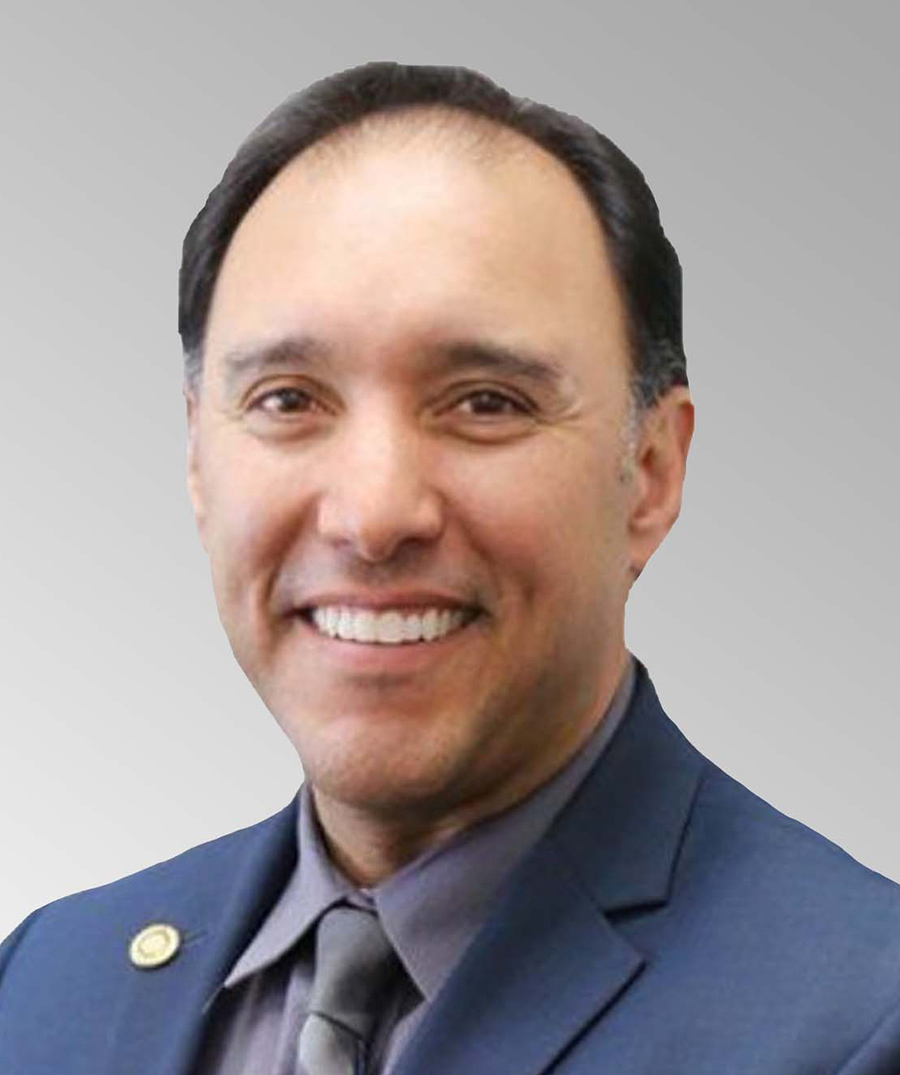

For me, every time we think of a challenge, a problem or a dilemma that we have, I think of it through the lens of my experiences as an LEA superintendent. And I think that that application helps me in how to support the team in doing work when they may not have that same experience. We have a really experienced team. For example, on our executive team, you have Michelle Magyar who has served in various state-level roles, including with the State Board. You have Dr. Stephanie Gregson, who was deputy director of the California Department of Education. You have Dr. Chris Hartley, who was Humboldt County superintendent. You have Sujie Shin who’s been with the CCEE since its inception. They and their teams are incredibly talented and experienced, and we all bring a different lens to a challenge or dilemma. Stephanie brings her CDE lens, Chris brings his county office lens, Sujie brings her data lens, Michelle brings her statewide lens, and I bring the LEA lens, and then together we are able to formulate possible solutions in a way that I think is constructive and helpful to the field.

The Center for Teaching, Learning, and Leading is primarily responsible for improving teaching and learning. They oversee the direct technical assistance, the Learning Acceleration System Grant and the Intensive Assistance Model for teaching and learning.
The Center for Innovation, Instruction and Impact is focused on curating data for continuous improvement. They are responsible for supporting the entire organization and the data that is curated, analyzed, and used to help support our work as well as the field. They have the Data Research Learning Networks, bright spots, and Learning Networks associated with helping the field improve outcomes for students.
And then you have the Center for Transformative Systems for Equitable Educational Outcomes. They are responsible for the Statewide System of Support and building coherence and accountability across statewide systems.
When we look at an initiative, we decide whether it’s a universal, targeted or intensive initiative. So, in this particular case, we needed something that was universally accessible to all LEAs that they could use to support training for substitute teachers.
However, people realized this is not only for substitute teachers, but new teachers can also use this, and veteran teachers could have this in their toolbox as a way to find examples [of classroom management practices]. We then encouraged LEAs to take it to their HR departments so when they hire a new teacher and want them to be equipped with strategies to use in the classroom, this could be a tool where they have access to resources, and they could watch veteran teachers actually demonstrate. And so that’s how we’re encouraging people to use it now — it’s beyond just substitutes. The content is rich, the content is clear, and it comes from those in the field who have expertise.
The unique thing about this project is that it’s the most intensive teacher support project that we can find in the entire country. It was modeled after another state that was doing something very similar, and we added a bit more to this model. You’re talking 130- to 150-days of elbow-to-elbow support for teachers from experts in leadership, literacy, language development, math and professional learning communities. What we’re finding right off the bat is that teachers want this kind of support.
When you look at a system, particularly a system that’s plagued by incoherence, they lack the basic infrastructure to give teachers time to collaborate. They have what people would call prep time, but prep time is different. Prep time is a teacher’s way of preparing for the next day. Collaboration time says, no, this is our time as a grade level or as a subject matter content area to come together and be very specific and structured about the types of questions we ask each other and then work together to address the needs of the kids in that grade level or the kids across this department.
The future of this is to try to continue to expand this work to the degree that we can, but it really is that each of these schools’ goal is to become a National Model School. And if they can become a National Model School, then we will identify people within those schools who will be coaches and who can support other schools in this work. So, as a district comes to us for direct technical assistance, we will have a curated a number of teachers and administrators who we would define as experts in this work who we will connect them to, and they will essentially do the same work that is being done right now with experts from across the country.
The podcast was created because we have a call from our CCEE board to tell stories and best practices from across the state. We noticed there was so much happening in the field that was difficult to tell in a memo or a paper and realized that a podcast would be a better opportunity to tell the stories of these districts. The stories of how they’re coming out of COVID and how they’re addressing the issues that are challenging for them.
Our hope is that we raise people’s awareness. That the story of Inglewood USD, for example, being in receivership, that’s not the story. There’s a different story that everyone in the state can learn from, because at one point, Inglewood was recognized by the National Blue Ribbon Schools Program. The story is how they got to receivership and what other districts can learn from them so they can avoid not only being in a situation like that, but then learn what they are doing to get out of it. They’ve adopted the Intensive Assistance Model across all of their schools. They have basically said, this is our strategy for improving our outcomes for our kids and it is a priority. There are lessons learned from these podcasts that LEAs can apply to themselves.
The easiest way is for people to go to our website (https://ccee-ca.org) and sign up for our Listserv.